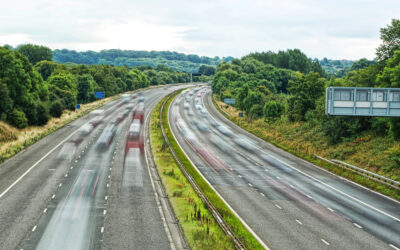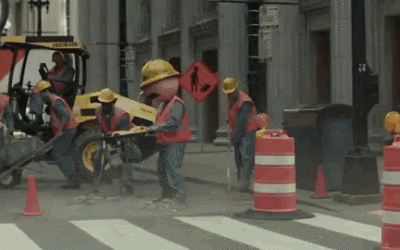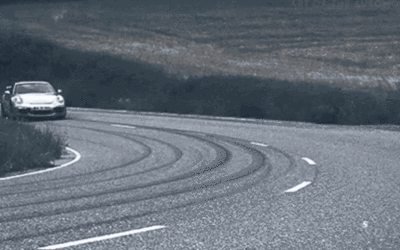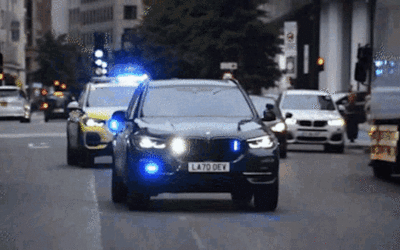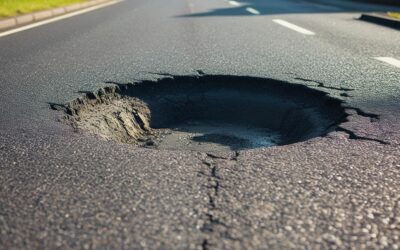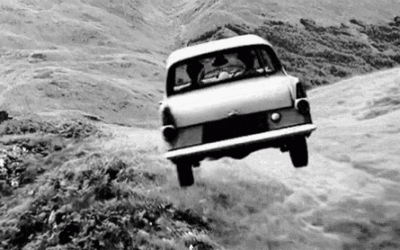Wales Reduces Speed Limit To 20mph In Built-Up Areas
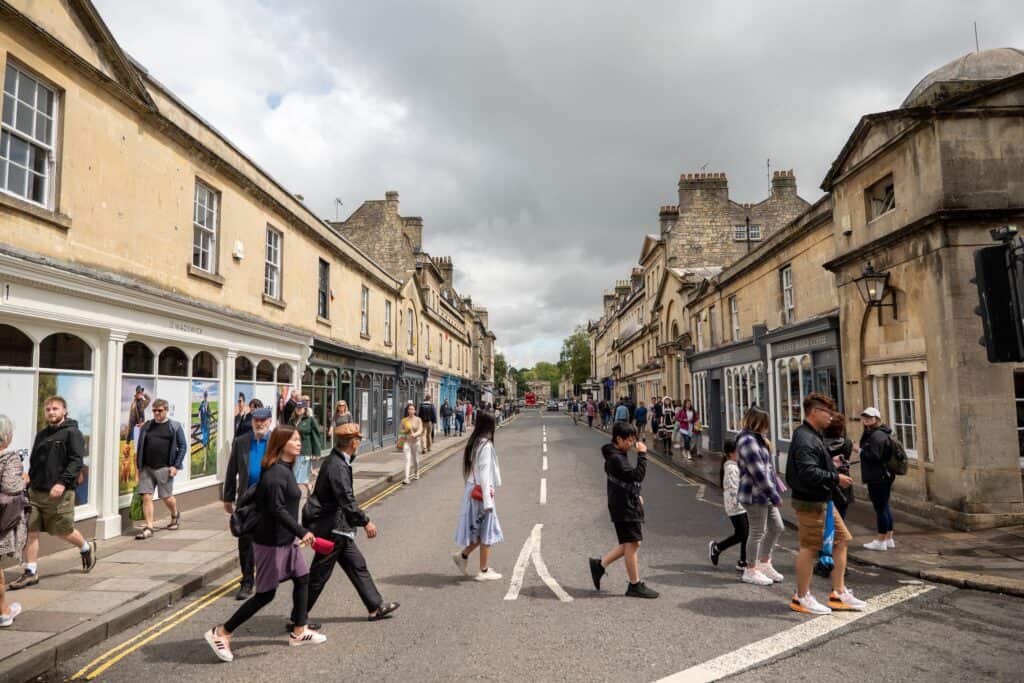
Wales has officially reduced speed limits in all built-up areas from 30mph to 20mph.
It’s become the first country in the UK to make the move and the UN, environmental groups and road safety groups have all praised the decision.
The move hasn’t been universally popular, though, with many politicians and those who oppose the decision stating that it’s effectively a ‘war on motorists’.
However, the Welsh First Minister Mark Drakeford backed the decision by saying: “It’s going to take you a minute longer to make your journey, and we will save 10 people’s lives in Wales every year as a result of that one-minute contribution.”
So, How Will The Speed Limit Change Work?
The 20mph speed limit will be enforced on what are known as ‘restricted roads’…
That essentially means any roads that have lampposts every 200 yards or less, and it includes most residential and built-up areas.
It means that the Road Traffic Regulation Act 1984 will be changing from stating that it’s not lawful for a person to ‘drive a motor vehicle on a restricted road at a speed exceeding 30mph’ to state 20mph instead.
Anyone caught exceeding the 20mph speed limit will face a £100 fine and three points on their licence.
If you’re caught by a speed camera, you may be offered the option of attending a speed awareness course or you may be handed a fixed penalty notice or if you’ve exceeded the speed limit by a significant amount, you might receive a court order.
The move has cost the Welsh government £32.5 million to get to the point where they’re able to roll it out, but one study indicated that the reduced impact on the NHS and other emergency services could save as much as £92 million per year.
How Do Drivers And Fleets Feel About The New 20mph Speed Limit?
It’s fair to say that the reception to the decision has been mixed since it was first announced.
After a significant amount of consultation with various road safety groups, experts and motorists, the move went ahead…
But a recent consultation on public opinion found that more people were against the change than for it, which means there’s a long way to go to sway public opinion.
The reasons why the decision has been made are clear, whether there’s agreement on the blanket decision to make the change on as many roads as they have done or not (the law will be changing on about 35% of roads where lampposts are no more than 200 metres apart).
The fact that data from the police shows that half of all collisions where people were hurt in Wales happened on 30mph roads meant that the government felt they needed to act after campaigning by road safety groups.
As such, changes have been made with figures showing that someone being hit at 20mph is seven times more likely to survive than someone being hit at 30mph.
What do you think of the change to the speed limit to 20mph in built-up areas in Wales? Let us know in the comments below.
Recent Posts
- Road Traffic Levels On The Rise As Road Safety Concerns Grow
- Road Safety: Councils Told To ‘Prove’ Pothole Repair Progress To Access Funding
- Millions Of Vehicles Remain On The Road Despite Safety Recalls
- ‘One Third’ Of Local Roads Are At Risk Of Structural Failure In The Next Five Years
- Fleets Urged To Check DVLA Policy Over Tests That Could See Drivers Fined £1,000
